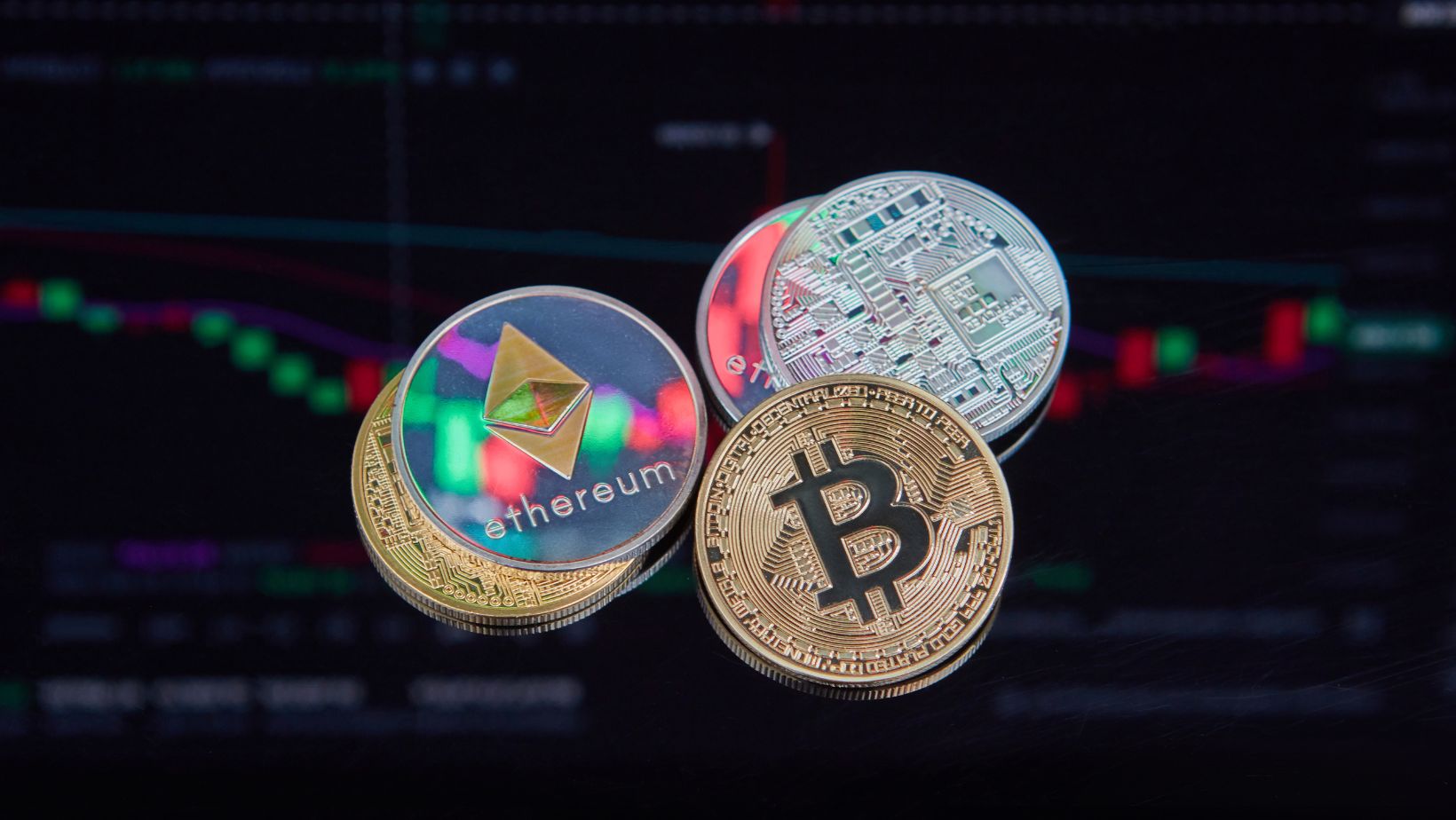According to Statista, the global cryptocurrency payments market is projected to grow by an average of 17% annually through 2030 compared to 2023 levels. This trajectory signals that digital currencies are seeing broader adoption well beyond specialist communities. For shop owners, this growth represents not just a trend to keep an eye on, but a payment option that can reduce costs, expand customer reach, and improve the speed of how quickly payments are concluded.
Retail, hospitality, and service providers now accept cryptocurrency payments. Certain entertainment sectors, including the best crypto casinos, use them for fast transactions, cross-border reach, and to serve customers who prefer decentralized payment methods. For merchants, choosing the right option depends on the type of business they run, where their customers are located, and the balance they want to achieve between speed, cost, and reliability.
Retail Stores and E‑commerce – Stablecoins as the First Step
Many retailers begin their move into cryptocurrency payments with stablecoins such as USDT or USDC. These currencies are linked to the value of the US dollar, so their worth stays consistent rather than fluctuating like Bitcoin or Ethereum. That stability protects both merchants and customers from sudden price changes that could reduce profit margins between the time of purchase and final settlement. It is particularly useful for online stores where processing or fulfillment might take several days.
Because their value is predictable, stablecoins make it easier for businesses to manage cash flow and keep accurate financial records. They also work seamlessly with major e‑commerce platforms. Payment processors connected to Shopify, WooCommerce, and Magento can enable stablecoin acceptance with minimal technical setup, making the option accessible to merchants without specialist knowledge.
In June this year, it was reported that Amazon and Walmart were considering launching their own stablecoins, a move likely driven by the fact that retailers lose an estimated 2% to 3% of every transaction to credit card processing fees. Eliminating these can preserve significant revenue over time, and that is one of the major reasons retailers are exploring alternatives to traditional payment networks.
Hospitality and Travel – Global Reach Through Bitcoin and Ethereum
While stablecoins suit retail for their price predictability, hospitality and travel operators often favor Bitcoin and Ethereum for their global reach and established reputation. These currencies are recognized across most markets and have large, active user bases, which allows hotels, airlines, and tour providers to attract customers from regions where traditional payment methods are limited. Their high liquidity means they can be exchanged quickly for local currencies, which helps protect revenue from the impact of price changes while still enabling international sales.
This capacity to move funds into local currencies without delay also enables operators to confirm bookings from markets where credit card penetration is low but mobile wallet usage is strong. Access to these customers can create revenue streams that would otherwise depend on expensive intermediaries. Lower processing costs compared to cross‑border card payments further strengthen margins, especially on high‑value international sales.
In hospitality, travel, and events, where payment often comes well before the service is delivered, verified digital contracts can give buyers the confidence to commit. That assurance matters in sectors where weeks or even months may pass between payment and fulfillment. It helps secure reservations while maintaining trust on both sides. A win-win solution, many would argue.
Digital Services and Subscription Platforms – Utility Tokens for Ecosystem Access
After global‑reach currencies like Bitcoin and Ethereum, some sectors choose a more specialised route. Digital service providers, particularly in software, cloud storage, or streaming, often turn to utility tokens such as Binance Coin or Toncoin. These tokens operate within defined ecosystems and can give customers reduced fees, faster service access, or entry to exclusive content. Platforms that aim to improve customer loyalty use these advantages as a direct and measurable incentive.
Utility tokens also establish a consistent payment environment within an app or service, removing the need for third‑party gateways. Because they can be exchanged for other cryptocurrencies or converted into local currencies, they still provide flexibility for users who prefer not to keep all their funds in a single token.
The main drawback is limited recognition outside their home platform. Potential customers unfamiliar with the token may hesitate to buy it for occasional use, which makes this model better suited to subscription‑based or membership‑driven services than to businesses targeting the wider retail market.
High Volume, Low Value Transactions – Litecoin, Tron, and Similar Coins
Businesses that process frequent, low‑value payments, including gaming platforms, pay‑per‑use content providers, and vending networks, require cryptocurrencies designed for quick and affordable transactions. Litecoin and Tron are prime examples, with shorter block times and minimal fees that outperform larger coins like Bitcoin in these use cases.
Speed and low costs reduce friction for repeat purchases. Customers are less likely to abandon a transaction when confirmation is nearly instantaneous, and businesses avoid the cumulative impact of high network fees across hundreds or thousands of small payments.
Widespread processor support for Litecoin, Tron, and similar coins means integration is straightforward. Merchants can implement them without investing heavily in new infrastructure, making them a practical solution for scaling microtransaction‑driven businesses.
Privacy‑Focused Businesses – Considering Privacy Coins
Privacy coins such as Monero and Zcash meet the needs of sectors where confidentiality is the key advantage. These cryptocurrencies obscure transaction details on the blockchain, protecting both parties’ identities and payment histories. Legal services, consultancy firms, and high‑value B2B transactions can all benefit from this level of discretion.
Importantly, privacy does not imply illegality. Clients may simply wish to prevent sensitive commercial arrangements from becoming public. However, adoption comes with challenges: not all payment processors handle privacy coins, and in some jurisdictions, they face stricter compliance requirements.
Privacy considerations also influence certain entertainment sectors. Crypto casinos, for instance, use discreet, borderless payments to serve international audiences without exposing customer identities unnecessarily.
How to Decide Which Crypto to Accept for Your Shop
Selecting the right cryptocurrency involves weighing customer demographics, transaction size, volatility tolerance, and integration capabilities. A retailer with high transaction volumes and tight margins may prioritize low fees, while a consultancy handling sensitive contracts may see greater value in privacy features.
Merchants can accept crypto directly via a wallet or through a payment processor. Direct acceptance offers lower ongoing costs but requires more involvement in managing transactions and conversions. Processors handle these tasks but charge for the service, offering convenience and faster fiat settlement.
In every case, the decision should focus on aligning coin characteristics with operational needs. Adopting cryptocurrency is not about following market trends but about finding a payment method that genuinely enhances the business model.
Conclusion
Cryptocurrency acceptance demands strategic choice, not trend-following. Businesses that tailor coin selection to their operational realities reduce unnecessary costs and open access to customers overlooked by traditional payments. This approach transforms payments from a mere option into a competitive advantage, and merchants who start thinking and acting in this direction will become the founding fathers of how business is done in the future.





















